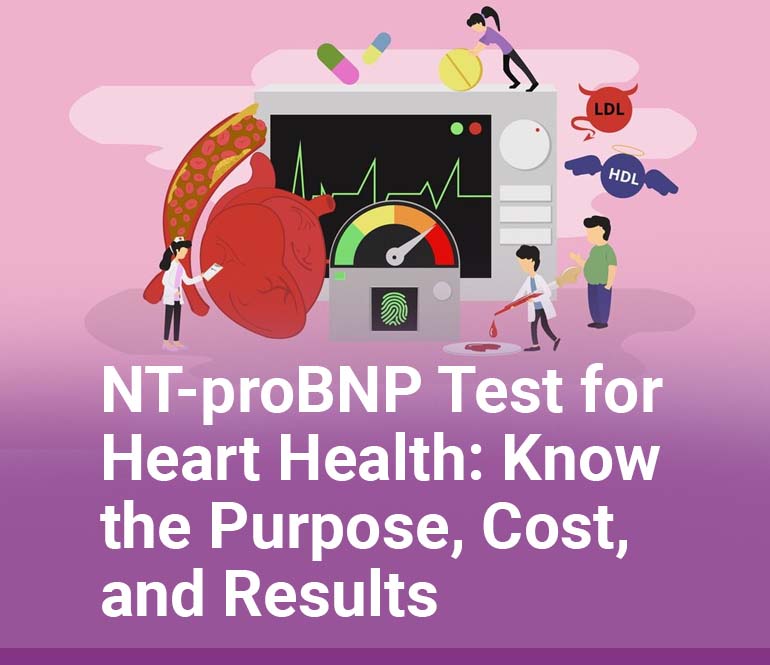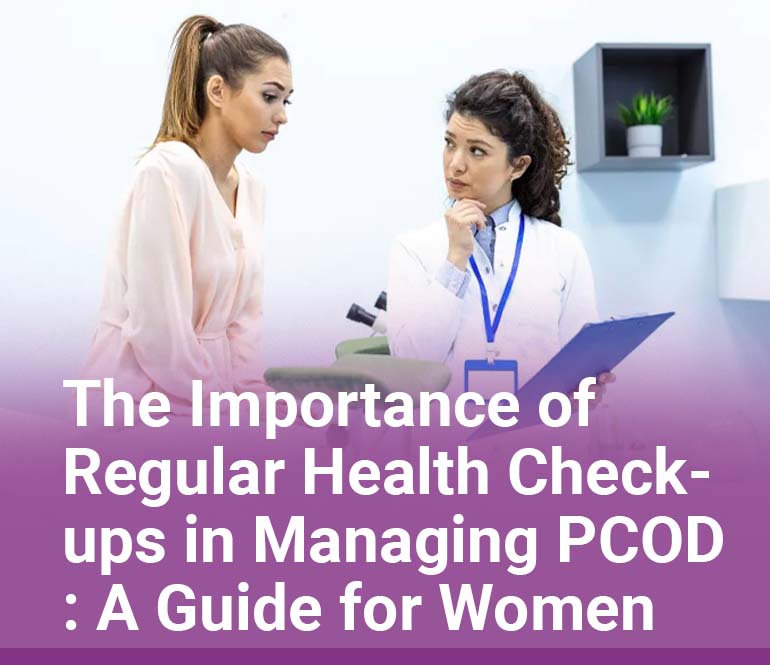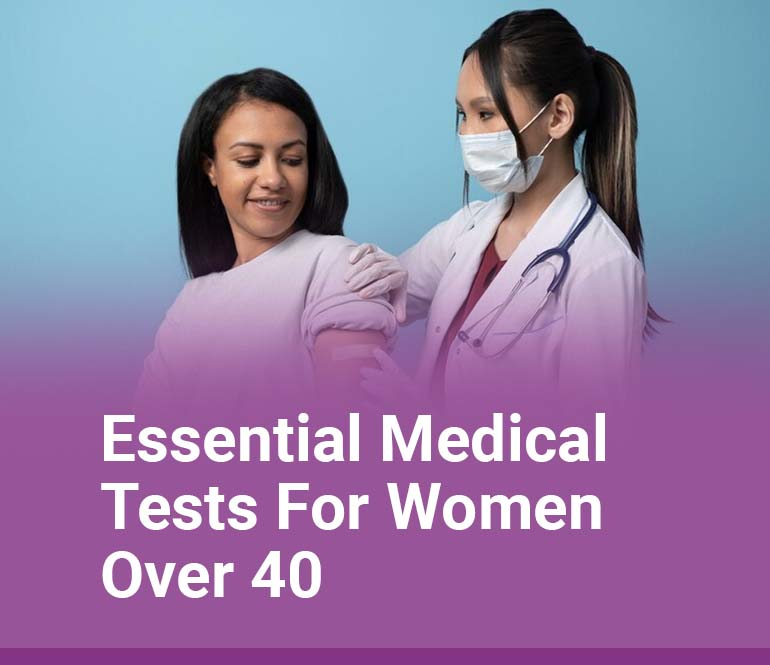Often referred to as the “sunshine vitamin,” vitamin D is crucial for overall health. This essential nutrient has a big impact on general health, from boosting immune system performance to maintaining bone strength. But vitamin D insufficiency is becoming more widespread, and its consequences are frequently disregarded. To remain on top of your health, you may easily check your vitamin D levels at MediscanLab in Kalaburagi.
What Makes Vitamin D Vital?
Vitamin D is essential for several body processes, such as:
- Bone Health: It strengthens bones and guards against diseases like osteoporosis by assisting the body in absorbing calcium and phosphorus.
- Immune Support: It strengthens the body’s defenses against infections.
- Mood Regulation: Higher vitamin D levels are associated with happier moods and lower chances of developing depression.
- Prevention of Chronic Disease: It helps shield against heart disease, diabetes, and some types of cancer.
Despite its significance, a lot of individuals don’t get enough vitamin D because of poor food, health issues, or insufficient sun exposure.
Why Do a Vitamin D Level Test?
Vitamin D level testing is essential for identifying deficits and customizing care. Important reasons for getting tested are:
- Unexplained Fatigue: Low vitamin D levels may be the cause of persistent fatigue.
- Regular Illness: A deficit may result in a weakened immune system.
- Bone Weakness or Pain: Brittle bones can result from a lack of vitamin D.
- High Risk Factors: Testing is significantly more important if you have darker skin, little sun exposure, or specific medical issues.
MediscanLab: Your Trusted Partner for Vitamin D Testing in Kalaburagi
Leading diagnostic facility MediscanLab in Kalaburagi is dedicated to offering precise and trustworthy vitamin D testing. MediscanLab should be your top choice for the following reasons:
- Cutting Edge Facilities
MediscanLab has the latest techniques and technologies to provide accurate findings. International quality standards are followed by the lab, guaranteeing consistently accurate testing.
- Skilled Experts
The group at MediscanLab is made up of knowledgeable medical professionals and proficient technicians who are committed to providing the greatest diagnostic services.
- Easy Testing Procedure
The entire procedure is expedited for your convenience, from scheduling your test to getting the results.
- Reasonably Priced Services
Excellent diagnostic services don’t have to be prohibitively expensive. Vitamin D testing is affordable and available to everybody thanks to MediscanLab.
- Fast Turnaround Time
Time is important, and MediscanLab makes sure you receive your results quickly without sacrificing accuracy.
The Testing Process: Step-by-Step
It is easy and hassle-free to have your vitamin D levels evaluated at MediscanLab:
STEP 1: Making an Appointment
You have the option of scheduling your test online or in person at the lab. You will be guided through the process by their amiable personnel.
STEP 2: Gathering Blood Samples
A tiny sample of blood is drawn for examination. It is a short and non-invasive process.
STEP 3: Lab Analysis
The lab measures your vitamin D levels precisely by analyzing your blood using sophisticated tools.
STEP 4: Get Results
A thorough report outlining your vitamin D levels will be sent to you. If necessary, the staff will also explain the results.
STEP 5: Consultation and Monitoring
MediscanLab can put you in touch with medical experts for more advice on supplements or lifestyle modifications if your results show a deficiency.
For whom is a vitamin D test appropriate?
Testing for vitamin D can help anyone, however, it is especially advised for:
- Older Adults: Deficiencies are typical in older adults because of reduced skin synthesis.
- Pregnant Women: Vitamin D deficiency during pregnancy is essential for both the health of the mother and the fetus.
- Children: Adequate quantities of vitamin D are necessary to ensure healthy growth and bone formation.
- People with Limited Sun Exposure: Regular testing is advised for people who live in places with little sunlight or work indoors.
How Can Vitamin D Levels Be Maintained?
Testing is only the beginning. Adjusting one’s lifestyle and, if required, taking supplements are two ways to maintain appropriate vitamin D levels. Here are some pointers:
- Get Sunlight: Depending on your skin type and geographic area, try to get 10 to 30 minutes of sun exposure many times per week.
- Consume foods high in vitamin D, such as mushrooms, fortified dairy products, fatty fish, and egg yolks.
- Take medication: Vitamin D pills might help fill the gap if your doctor prescribes them.
- Stay Active: Frequent exercise improves the absorption of vitamin D and promotes general health.
Why Choose MediscanLab for Your Medical Requirements?
MediscanLab highlights the value of preventative treatment in a society where health is frequently neglected. Frequent diagnostic examinations, such as vitamin D assessments, provide you the ability to take charge of your health before problems develop.
- All-inclusive Services: MediscanLab provides a variety of diagnostic services catered to your need in addition to vitamin D testing.
- Patient-Centric Approach: The lab’s main goals are your convenience and comfort.
- Community Trust: In Kalaburagi, MediscanLab has established a solid reputation for dependability and quality.
The Connection Between Chronic Illness and Vitamin D Deficiency
Numerous health issues, such as the following, can result from an untreated vitamin D deficiency:
- Osteoporosis: Fractures are more likely to occur in weak bones.
- Cardiovascular Problems: Heart disease and high blood pressure are linked to deficiencies.
- Autoimmune Conditions: Autoimmune conditions can be brought on by or made worse by low vitamin D levels.
- Mental Health Issues: Research relates deficiencies to cognitive decline and depression.
Better health outcomes are ensured by early detection and management of these hazards through routine testing at MediscanLab.
Conclusion – Take charge of your health right now.
Avoid waiting for symptoms to show up. One proactive approach to living a healthier life is to test your vitamin D levels. The Kalaburagi MediscanLab is here to assist you whether you’re exhibiting symptoms of a deficit or you just want to stay informed.
You may easily and stress-free prioritize your health thanks to their user-friendly services, knowledgeable staff, and dedication to excellence. Reaching optimal wellness is now a genuine possibility rather than a distant dream thanks to MediscanLab.











